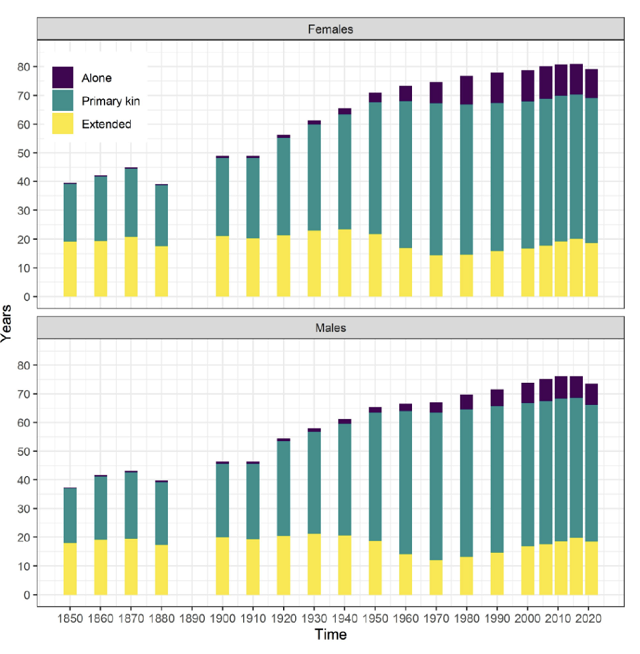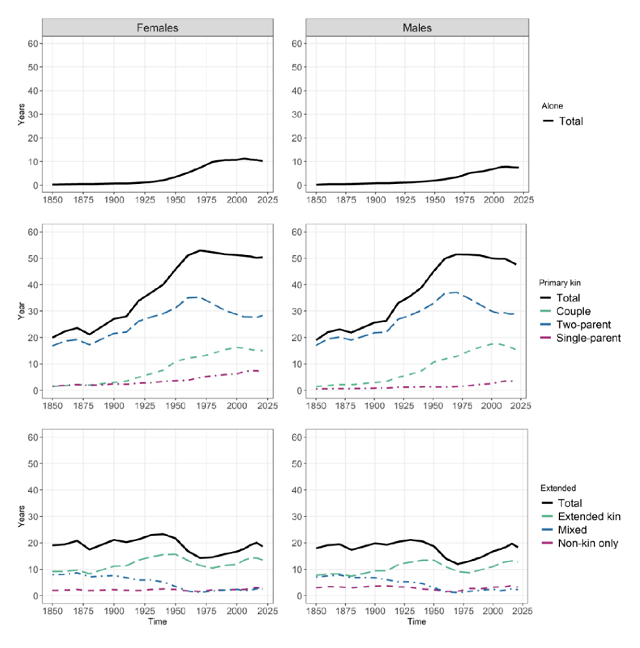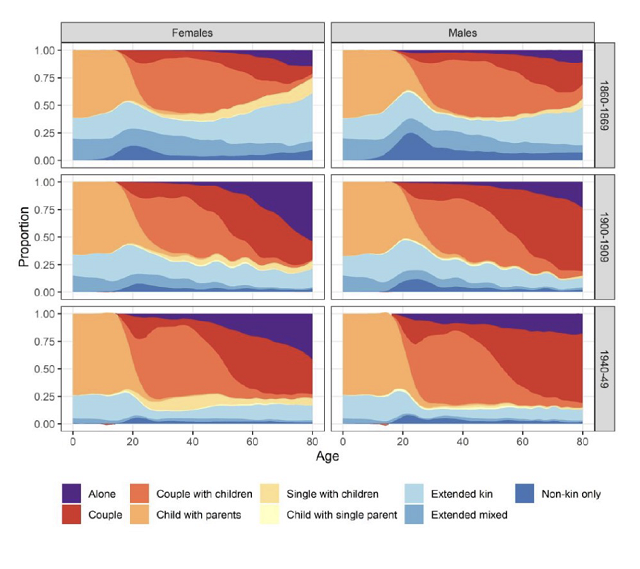Rosemary L. Hopcroft
(ZENIT News – IFS / Charlotte, 09.17.2024).- “I tell ya, a guy gets too lonely an’ he gets sick.” Crooks in John Steinbeck’s Of Mice and Men.
Our nation is facing an epidemic of loneliness. According to a 2023 report from the U.S. Surgeon General, about half of U.S. adults report feeling lonely. Likewise, in 2021, research commissioned by Cigna found that 57% of men and 59% of women reported feelings of loneliness. Yet loneliness is not just an individual problem. As Crooks noted in Of Mice and Men, when people get lonely, they can get sick, and this becomes a public health problem. Research finds that loneliness and lack of social connection increase the risk of disease, anxiety, depression, dementia, and premature death.
One reason for the loneliness epidemic is an increasing number of people live alone. Of course, not all people who live alone feel lonely or unhappy, but living alone is certainly a risk factor for loneliness. The percentage of people living alone as a proportion of the population has risen, particularly among women, around the world. According to the U.S. Census, the share of households made up of married couples declined from over half of all households in 1970 to less than half of in 2022, while the share of households made up of people living alone increased. Overall, there are more households where women live alone than where men live alone, although the increase in men living alone has been greater (see Figure 1).

As Figure 1 shows, in 1970, the percentage of households where women lived alone rose from 11.5% in 1970 to 15.7% in 2022; while in 1970, 5.6% of households were households where men lived alone, and this rose to 13.2% in 2022. Yet these numbers are percentages, and the percentage of households with people living alone is affected by the proportion of people of different age groups in the population. This means the increase in the percentage of households with people living alone may be partly due to the disproportionate size of the group of aging Baby Boomers who are in a stage of life where living alone is more common. Longer life expectancy and the greater tendency of men to remarry after divorce also influences the percentage of households of individuals living alone.
A recent paper, “170 Years of Living Arrangements in the U.S.,” by Ginevra Floridi and Albert Esteve addresses these issues. To adjust for changes in life expectancy and the distribution of the population across age groups, Floridi and Esteve came up with a measure of “life expectancy at birth in different living arrangements” for people born in different generations. This measure is the number of years an individual born in a particular year can expect to spend living in a certain living arrangement (for example, with extended kin, with parents, spouses or children, living alone, or living with non-kin) (1) Floridi and Esteve compute this measure for individuals using U.S. Census data from 1850 to 2021—over 170 years.
They found that the expected time spent living with extended kin (i.e., grandparents, aunts, uncles, etc.) was largest for individuals born between 1850 and 1940 (see Figure 2 below). The generation born between 1940 and 1980 experienced an increase in the expected time living with primary kin only (partners, parents, and children). For those born in 1980 onwards, there was a decline in expected time living with primary kin and an increase in living alone, as well as in other arrangements, including living with extended kin and non-kin. These trends were similar for both men and women.
Figure 2. Female and male life expectancy at birth by broad living arrangement, 1850-2021

Figure 3 shows the trends by more detailed sub-categories (living alone, as a couple, with parents, etc.). For example, we see that the rise in expected years spent living alone is larger for women than men. It also reveals the increase in expected years spent living with primary kin over the first part of the twentieth century and the recent stagnation and fall in expected time spent living with primary kin. More recently there has been a slight increase in expected years living with extended family and non-kin.
Figure 3. Female and male life expectancy at birth living alone (top), with primary kin only (middle),
and in extended households (bottom), with detailed sub-categories 1850-2021

To find out at what time in their life people were most likely to live alone, the authors also analyzed three age cohorts: those born in 1860 to 1869; those born in 1900 to 1909; and those born in 1940 to 49. For all three age cohorts, individuals were most likely to live alone at older ages. The graphs below show the general increase in the percentage of people living alone at older ages across the three age cohorts. The very large increase in the proportion of older women living alone among the 1900-1909 cohort was due to the frequency of widowhood among women during World War II. There is also a larger percentage of men living alone at older ages in the later age cohorts, but this increase was not as pronounced as for women.
Figure 4. Percentage of female and male individuals in each living arrangement by age for three birth cohorts: 1860s, 1900s, and 1940

Given the recent decline in marriage rates, these trends are likely to continue. More and more individuals are likely to experience living alone in their later years, and this is particularly true for women. Unless living with extended kin or non-kin becomes a more common living arrangement in American society than it is at present, more people will likely experience living alone and for longer periods of time. If that happens, our epidemic of loneliness, with all its attendant problems, will increase.
Rosemary L. Hopcroft is Professor Emerita of Sociology at the University of North Carolina at Charlotte. She is the author of Evolution and Gender: Why it matters for contemporary life (Routledge 2016), editor of The Oxford Handbook of Evolution, Biology, & Society (Oxford, 2018), and author (with Martin Fieder and Susanne Huber) of Not So Weird After All: The Changing Relationship Between Status and Fertility (Routledge, 2024).
Notes:
- The measure is calculated similar to life expectancy at birth, which is the number of years a newborn may expect to live if they experience the sex- and age-specific death rates that prevailed in the general population in the year they were born. Life expectancy at birth in a given living arrangement is defined as the number of years a man or woman can expect to spend in a particular living arrangement if they experience the same sex- and age-specific death rates and the same sex- and age-specific probabilities of being in a particular living arrangement as those that prevailed in the population in the year they were born.
Thank you for reading our content. If you would like to receive ZENIT’s daily e-mail news, you can subscribe for free through this link.



